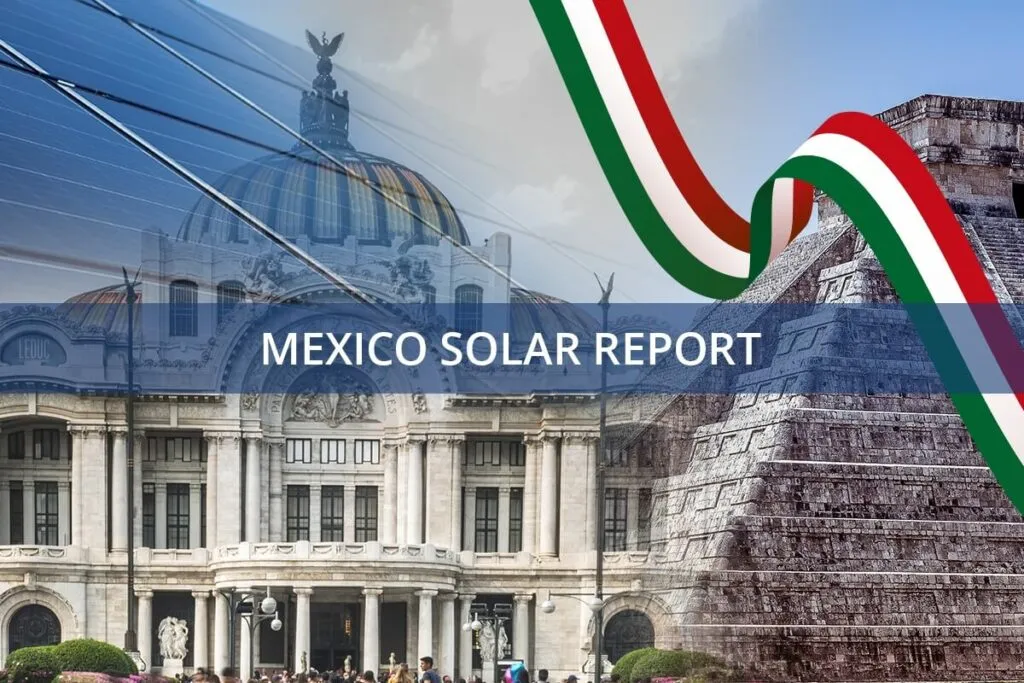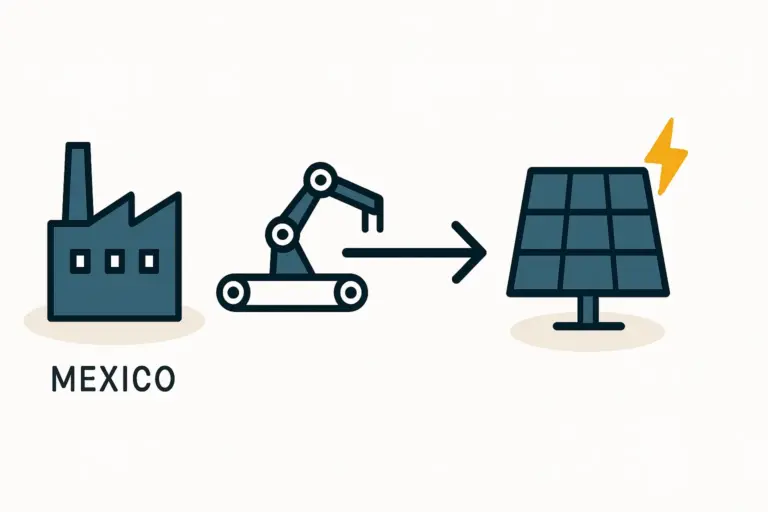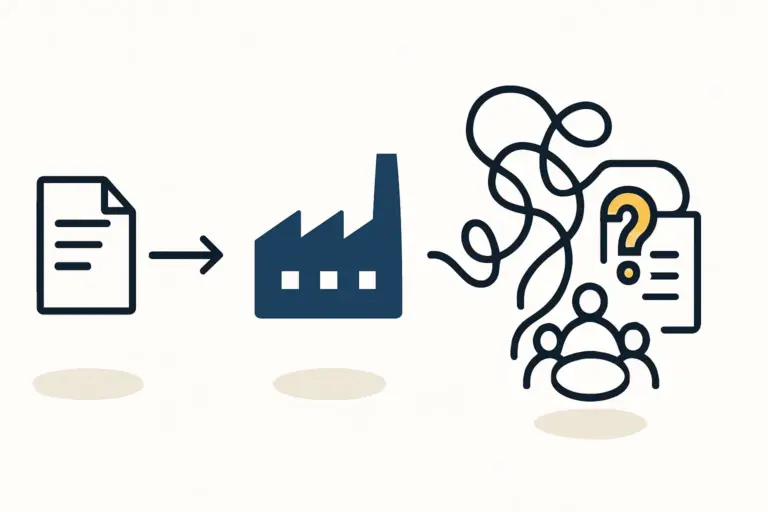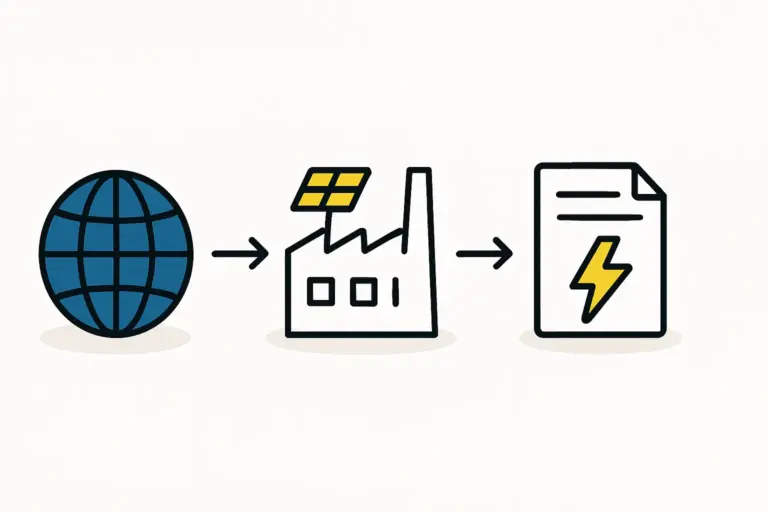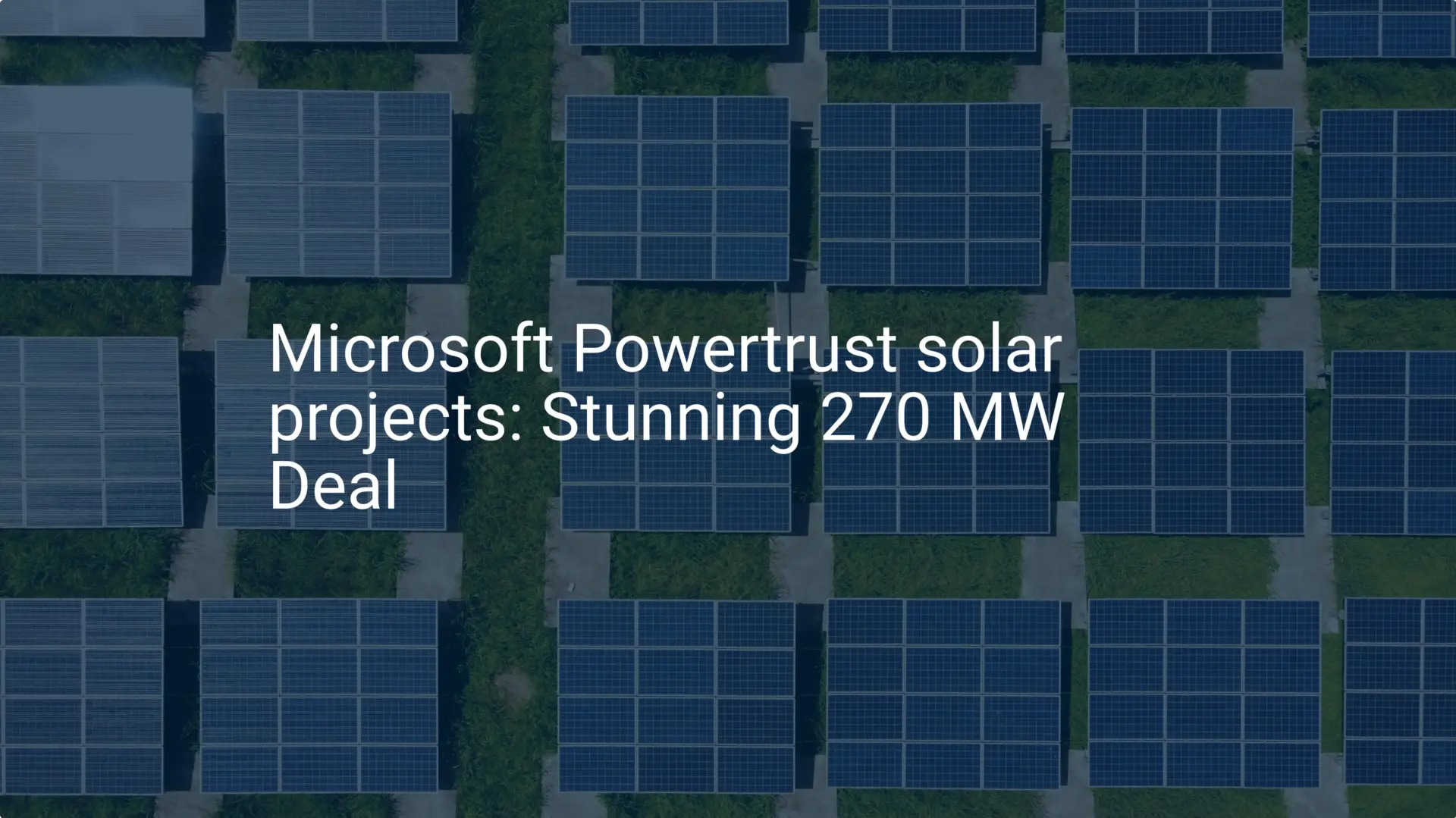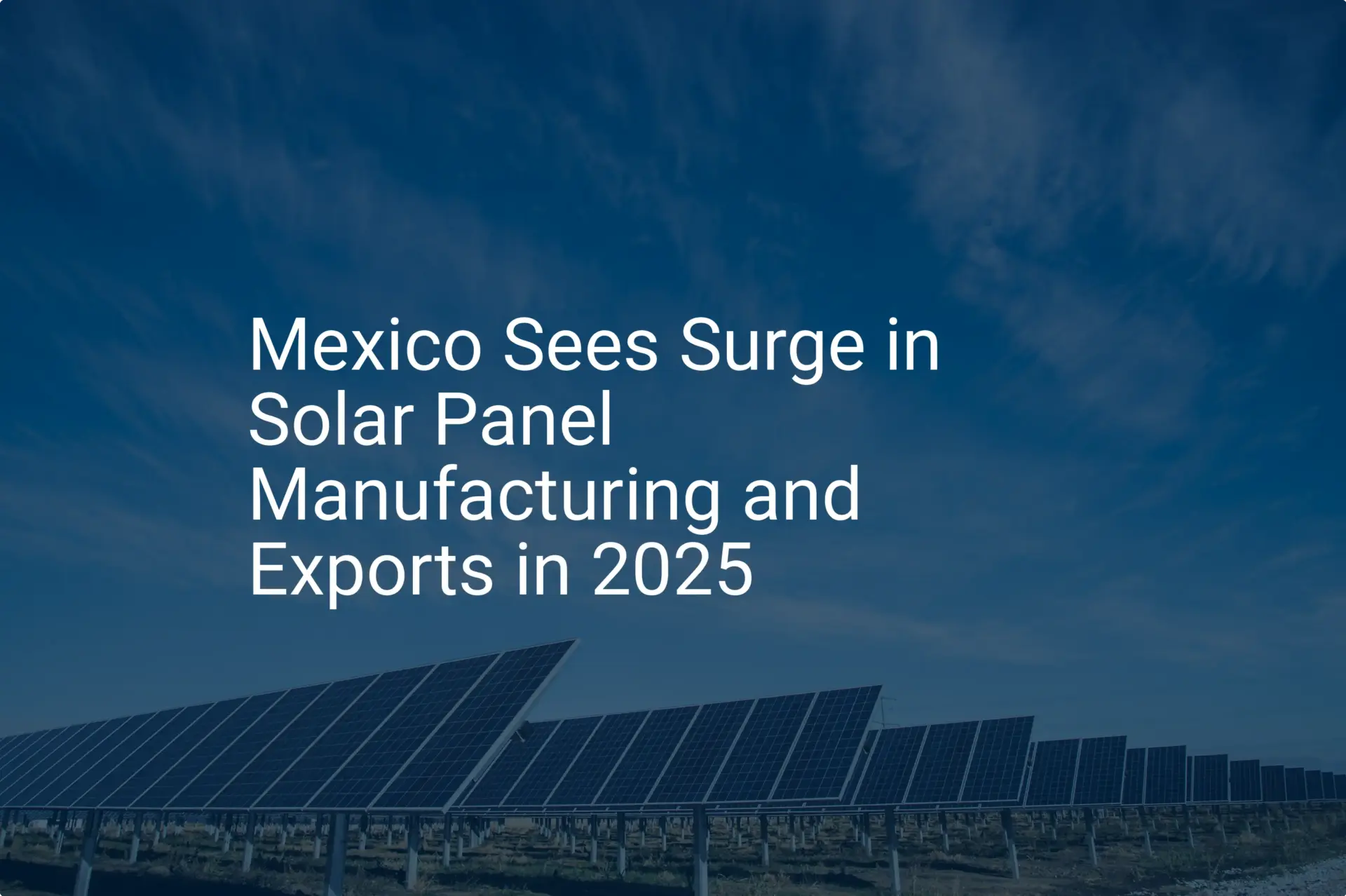An investor secures a prime location in an industrial park in Mexico, procures state-of-the-art European manufacturing equipment, and hires a skilled local team. The solar module production line is commissioned, and initial runs look promising.
Then, without warning, the automated stringer machine halts mid-cycle. An hour later, the laminator trips an error code. Before long, these seemingly random stoppages become a recurring problem, causing material waste, production delays, and significant frustration. The problem isn’t the new machinery; it’s the electricity powering it.
This scenario highlights a critical but often overlooked challenge for high-tech manufacturing in emerging markets: the quality and stability of the electrical grid. For a precision process like solar module production, consistent power is not a luxury—it’s a fundamental requirement for operation.
This article explores the importance of power quality for a solar factory, outlines specific challenges within the Mexican grid, and details the technical solutions available to ensure smooth, uninterrupted production.
The Challenge of Mexico’s Grid for High-Tech Manufacturing
Mexico is a global manufacturing powerhouse, benefiting from its strategic location and skilled labor force. However, the national electrical grid, managed primarily by the Comisión Federal de Electricidad (CFE), presents unique challenges. While generally reliable for commercial and residential use, the grid can exhibit inconsistencies that prove problematic for sensitive industrial equipment.
These challenges include:
- Aging Infrastructure: In certain regions, transmission and distribution infrastructure is decades old, making it more susceptible to fluctuations and disturbances.
- Voltage Variations: The grid can experience frequent voltage sags (dips), swells (surges), and transients (brief spikes), especially during periods of high demand or when large industrial loads nearby switch on and off.
- Regional Disparities: Power quality can vary significantly between a modern, well-established industrial corridor near Querétaro and a developing industrial zone in a more remote state.
For a solar module factory, where robotics and thermal processing equipment must operate within precise tolerances, these inconsistencies lead directly to lower yields and higher operational costs.
What is Power Quality and Why Does It Matter?
Power quality refers to how well the voltage, frequency, and waveform of a power supply conform to established specifications. Ideal power is a clean, stable sine wave. Disturbances on the grid, however, can distort this wave and create problems for sophisticated electronics.

Poor power quality directly affects key solar panel production machines in several ways:
- Stringer Machines: These automated machines use delicate soldering heads to interconnect solar cells. A voltage sag lasting just milliseconds can cause a faulty solder joint, creating a potential point of failure in the finished module.
- Laminators: The lamination process requires precise temperature and pressure control over a sustained period. A power fluctuation can interrupt the heating cycle, leading to improper encapsulation, delamination, or wasted material.
- Testing Equipment (Sun Simulators): Accurate module performance testing depends on a stable power source for the flash lamps. Power instability can skew test results, leading to incorrect power ratings (binning) and affecting the product’s final market value.
Ultimately, neglecting power quality can undermine the entire investment in high-end machinery, turning a state-of-the-art facility into an inefficient, unreliable operation.
Technical Solutions for Mitigating Power Instability
Fortunately, power quality issues are solvable engineering challenges. The right solution depends on a thorough analysis of local grid conditions and the sensitivity of the production equipment. Typically, the first step is a power quality audit at the project site to measure and identify the specific types of disturbances present.
Based on this audit, several technical interventions can be implemented.
Power Conditioning and Voltage Stabilization
For facilities facing frequent voltage sags and swells, a power conditioner or voltage stabilizer is an essential investment. Installed between the main grid supply and the factory’s distribution panel, these devices act as a filter. They clean the incoming electricity by regulating voltage, suppressing transients, and correcting waveform distortions, ensuring all downstream equipment receives a stable, clean power supply.
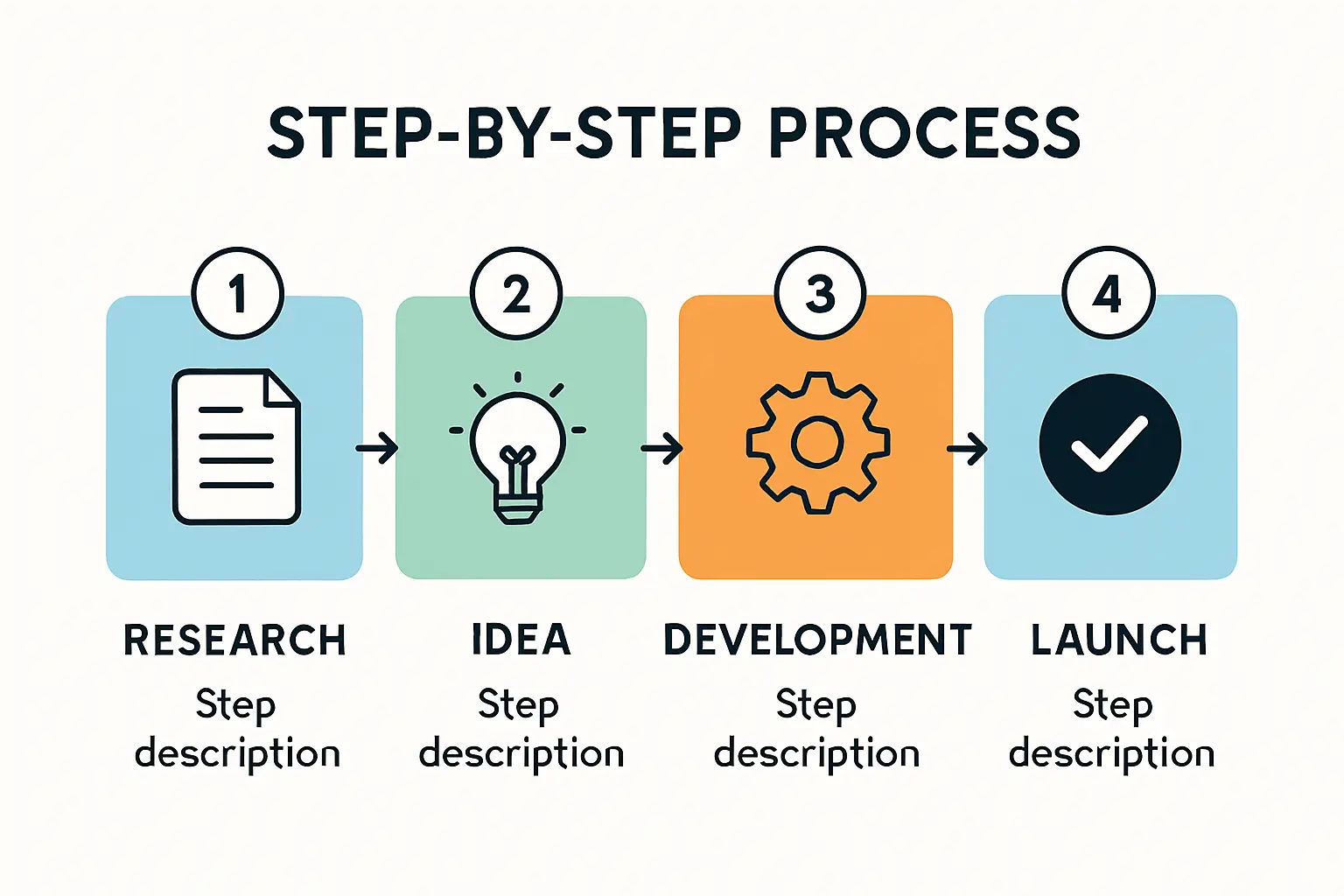
Uninterruptible Power Supply (UPS)
While a power conditioner cleans the electricity, an Uninterruptible Power Supply (UPS) protects against brief outages and brownouts. A UPS contains a battery that instantly takes over if grid power fails, providing enough runtime for critical equipment to complete a cycle or for a backup generator to start. In a solar factory, a UPS is typically used for control systems, servers, and sensitive automation components rather than for high-consumption machinery like laminators.
On-Site Power Generation and Microgrids
For maximum stability and independence from the grid, some facilities opt for on-site power generation, often coupled with battery storage. A dedicated solar array on the factory roof, combined with a Battery Energy Storage System (BESS), can create a microgrid. This system can power the entire facility or supplement the grid, conditioning power and providing seamless backup during outages. This approach offers the dual benefits of ensuring power quality while also reducing long-term energy costs.
Integrating Power Stability into Your Factory Planning
Addressing grid stability should not be an afterthought. It’s a critical component of the planning phase of a solar factory, on par with other core infrastructure requirements.

Based on experience from J.v.G. turnkey projects in regions with similar grid challenges, proactively installing a power conditioning system can prevent a significant percentage of unscheduled downtime and material losses in the first year of operation. Budgeting for power quality solutions—typically a small fraction of the total capital expenditure on machinery—is a prudent move that protects the larger investment and ensures production targets are met reliably.
Frequently Asked questions (FAQ)
Is the public grid in a designated industrial park not sufficient?
While industrial parks generally have more robust infrastructure, they are not immune to grid-wide disturbances. For the high precision demanded by modern solar manufacturing, relying solely on the public grid carries an operational risk. A site-specific power quality audit is always recommended.
How much does a power conditioning system cost for a 50 MW factory?
The cost varies based on the line’s size and the severity of local grid issues. As a general estimate, a robust power conditioning solution might represent 1-3% of the total investment in production machinery. It’s best viewed as an insurance policy for the uptime and quality of the entire line.
Can our factory’s own rooftop solar installation power the production line directly?
Yes, this is an increasingly common and effective strategy. A solar PV system alone, however, cannot guarantee stable power, as its output fluctuates with sunlight. To create a reliable power source for manufacturing, the solar array must be paired with a Battery Energy Storage System (BESS) and an intelligent power management system. This configuration can provide clean, stable power 24/7.
A Foundation of Stable Power for a Successful Operation
Investing in a solar module factory is a significant undertaking. To realize its full potential, every operational variable must be controlled. While machinery, materials, and labor are often the primary focus, the invisible factor of power quality can be the difference between a highly profitable venture and one plagued by chronic inefficiency.
By understanding the specific challenges of the local grid in Mexico and implementing the right technical solutions, an entrepreneur can build a resilient manufacturing operation. A foundation of clean, stable power is a critical step toward achieving world-class production quality and long-term success.

